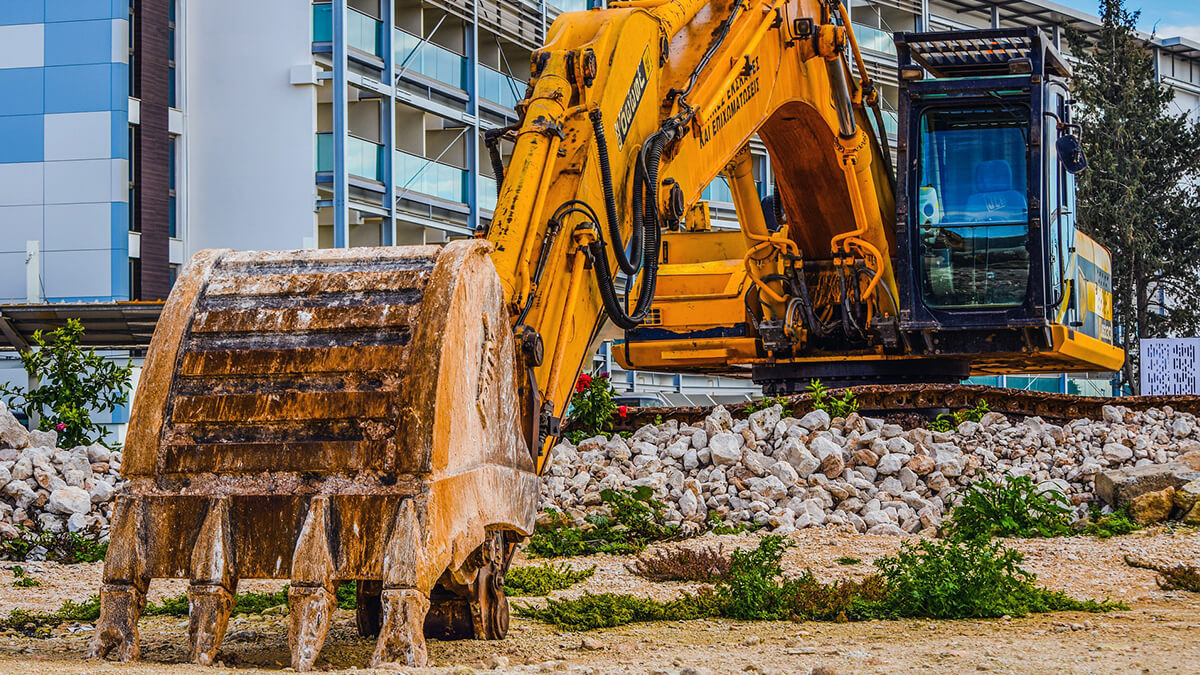Top 5 KPIs for Mining Maintenance
Top 5 KPIs for Mining Maintenance
Without a clear plan to follow, mine maintenance managers tend to fall back on operating by intuition. Key performance indicators (KPIs) have proven helpful in driving success for a proactive and effective maintenance plan. Having a target allows managers to pursue and demonstrate improvement over time. Without these measures however, they are unable to manage as effectively. So what should mine maintenance managers target? Below are the top five KPIs to increase the value of your maintenance plan:
1)Overall Equipment Effectiveness (OEE)
OEE is a concept first derived from the manufacturing industry, and has evolved into an essential indicator within the mining industry. Monitoring OEE allows managers to measure the effectiveness of their equipment by taking the primary and most prominent causes of loss to productivity and quantifying them as: availability, performance, and quality.
OEE = Availability Performance Quality
How availability, performance, and quality are determined depend on the equipment type and its role in production. The expertise of its operators and maintainers. An example is shown below:
| OEE Factor |
|---|
| Availability = Actual Available TimeTotal Time Performance = Net Production TimeActual Time Available Quality = Valuable Production TimeNet Production Time |
2) Mean Time Between Failures (MTBF)
MTBF refers to the average time that elapses between one failure and the next. Commonly used by calculating the normal operation hours in a period, over the total number of failures that occurred on that asset in the same period:
MTBF = Total Time of Healthy Operation Number of Failures
It indicates the average amount of time lost due to equipment failure, and is a measure of the reliability of a given asset. This calculation enables managers to plan their maintenance schedule, manage inventory, and make purchasing decisions. Preventative maintenance processes, condition-based maintenance, and root cause analyses can also help improve MTBF.
3)Planned Maintenance Percentage (PMP)
It’s no mystery that unplanned downtime significantly impacts resource availability, and affects the ability to meet production targets. If you pull equipment too soon, time is wasted. If you wait too long, more time is wasted. By monitoring the percentage of planned maintenance hours unplanned, you have more visibility and therefore more control over unexpected failure.
PMP = (Planned Maintenance Hours Total Maintenance Hours) 100
A high PMP shows that the maintenance department is effectively managing their assets’ health. Some factors that affect the PMP are effective scheduling, decreasing downtime, cost controls, and remaining in compliance. It helps a team move from reactive to proactive maintenance, enabling the organization to be in control of its costs, task scheduling, and resource allocation.
4)Mean Time To Repair (MTTR)
MTTR represents the average time it takes to repair a piece of equipment. It is calculated from the time the equipment failure occurred to the time it returns to normal operation. It includes how long it takes for the maintenance team to be notified of the failure, the time it takes to diagnose the problem, how long it takes to remedy the issue, and any time required to get the asset returned to production.
MTTR = Total maintenance time Number of repairs
MTTR is used to help identify and remedy problems causing maintenance to take longer than desired. It can drive preventative maintenance scheduling, serve as a guide in buy/replace decision making, and planning an effective parts ordering strategy.
5) Total Cost of Ownership (TCO)
TCO refers to the purchase and maintenance costs associated with owning and operating an asset. These include spare parts, repair costs, tires, uptime, fuel consumption, etc. A TCO that encompasses all machine lifecycle costs is a valuable tool for managers when making purchasing decisions. There is no standard formula for TCO but an example of such a calculation is:
Purchase price + Regular Recurring Costs + Irregular One-off Costs − Income Generated + Cost of Disposal − Revenue on Disposal + Environmental Cost
TCO can be improved by mine operators through the reduction in operating and lost-production expenses.
